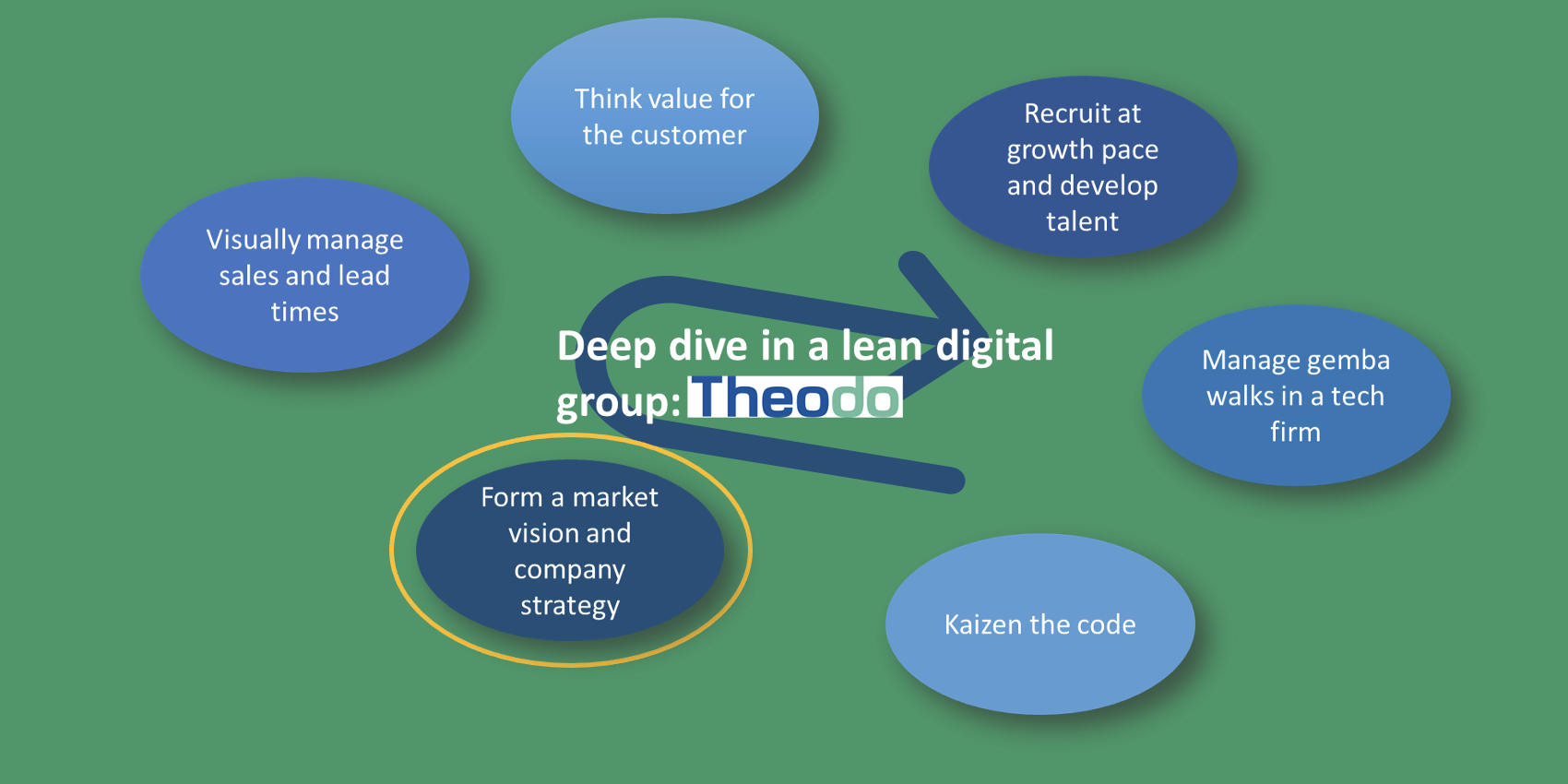
Jim Womack: a lasting transformation calls for "good jobs"
WOMACK’S YOKOTEN – If truly embraced, lean thinking sustains and (in the long run) even creates jobs, but if a transformation is to last these jobs must be “good,” says Jim Womack.
Words: Jim Womack, Founder and Senior Advisor, Lean Enterprise Institute
I suspect that all of us in the Lean Community shudder a bit when a simple question is asked: “Does lean create jobs or destroy them?” And the truth is that it depends: If managers pursuing a lean transformation are determined to focus on cost reduction and fire employees as fast as lean techniques free up the underutilized labor in broken processes, they will be destroying jobs.
By contrast, if managers pursuing a lean transformation are determined to create a stable workforce with ever more capability in order to grow the business, they will find new, value-creating activities for freed-up employees. This sustains existing levels of employment even if it doesn’t immediately create new jobs. And, in the long run, it will increase employment as firms grow beyond their internal pool of underutilized labor.
Our problem as a community of practice is that we have no direct control over which path managers take except to refuse to work with – and even to call out – those mangers who are only interested in cost reduction. I hope that every reader-practitioner’s policy about “lean for headcount reduction” is “just say no”.
Recently I’ve been thinking about this long-standing issue from an opposite perspective by asking if the creation of truly good jobs isn’t critical for the long-term success of any lean transformation (which by its nature creates more jobs.) By “good jobs” I mean those that are stable, capability building, safe, and compensated at a level above what can justified for the same “job” when performed by the same person using traditional methods under modern management.
Several encounters have spurred my thinking:
- The manufacturing plant with 70 percent of the employees on short-term, temporary contracts that can’t seem to get anyone involved in improving the work.
- A second manufacturing company that has made great strides in increasing the effectiveness and productivity of its workforce through the introduction of lean tools and management, but without adjusting their compensation. The result is “poaching” of employees by other firms in the tightening local labor market paying higher wages. This, in turn, is making it difficult to sustain the firm’s gains.
- A government agency that can’t understand why its “lean contractor” initiative is achieving no sustainable results as it contracts out practically all of its value-creating work to an ever-shifting constellation of small firms working to bids on short-term contracts.
I believe that the root cause of these problems is that lean enterprise can’t sustain their performance and can’t become “leaner” over time without stability in human resources. Think of this as the need for yet another form of heijunka, in which the objective is to level the number of people engaged in value creation, by steadily increasing sales as employees become steadily more productive, and to engage the same people over extended periods by converting temporary jobs to permanent ones and consistently upskilling every employee.
How can we do this? First, it helps to be clear that we are swimming against a strong stream that has become a gushing torrent in recent decades: Across the world, managers seem to have embraced the idea that the path to business success is to find ways to cut wages and benefits while eliminating long-term relationships with employees and any sense of obligation. This is understandable given the disconnect that had developed in many firms over many years between the value of the work done by employees using traditional methods under modern management and the willingness of customers to pay for that work. But it doesn’t follow that the solution is to blame and eliminate the employees. Let’s fire traditional methods of doing the work and modern management instead.
Grasping this background situation may make us feel better. But to achieve success in reversing this trend we need an actionable method. Mine is to help employers define what “good jobs” are and to show how to create them. Here’s my list of attributes of a good job:
Good jobs provide continuity, both those creating value directly and those that enable value creators (e.g., front-line value creators and managers at every level.) This means sacrificing some short-term opportunities for profit optimization for a firm – for example, by slashing jobs in an economic downturn or running unbearable amounts of overtime during market surges. It also means stopping the carousel of job rotations amongst the line managers who often never have time to understand the value creating work of those under their management.
Good jobs steadily enhance the capability of employees. This means engaging every employee at every level in improving the work while doing the work. Yet most improvement activity I observe is still focused on improving a process when the really significant long-term value lies in improving the employee. This can’t be done when the firm is a revolving door for workers who leave to find what they believe will be better work elsewhere, partly for better wages and partly for a sense of respect when their improvement efforts are acknowledged and supported.
Good jobs are safe. I discovered years ago, in our LEI collaboration with Delphi Automotive, that the best way to make work safe is to standardize both the work and the management of the work. Delphi was able to reduce reportable injuries over just a few years in a vast global company by 90 percent while spending very little on new “safety” technology and equipment simply by getting serious about standardized work. I have also discovered that employees respond to management that is actually trying to keep them safe by sticking with the firm.
Finally, good jobs are compensated at a level proportional to the increase in value creation. However, doing fine-grained analysis to set the precisely right level for each improved job is muda – lean is a team sport. The right approach is to share overall gains through a profit sharing arrangement for all employees.
Good jobs that are stable, capability enhancing, safe, and compensated in proportion to value creation don’t just happen. They are created by managers. And the method of choice is to include this objective as a corporate hoshin and to do good A3 analysis to move steadily toward the goal. So I hope the firms you are coaching or the people you are managing can benefit soon from adding “good jobs” to your organization’s core purpose and using robust A3 analysis to create good jobs as the bedrock of your sustainable lean enterprise.
THE AUTHOR

Read more


VIDEO INTERVIEW - In this conversation with our editor, John Shook discusses Lean Thinking post-pandemic and its role tackling large-scale problems, and introduces an upcoming free event you don't want to miss.


ARTICLE – While supporting the adoption of lean in a Mozambican hospital, a young engineer learned a number of valuable lessons on leadership and what it really takes to help developing countries to grow.


FEATURE – It is a common misconception that our work is too unpredictable to fit into a standardized approach. The author debunks this myth.


FEATURE – In the final article of her series, the author spends a day with Theodo’s CEO and co-founder to learn how lean informs its strategy and vision.

